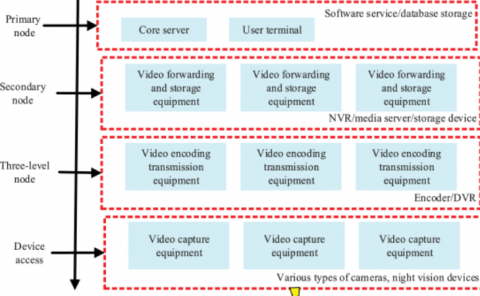Improving Reliability of Virtual Collision Responses: A Cue Integration Technique
PubDate: April 2020
Teams: KAIST
Writers: Seungwon Do, Byungjoo Lee
PDF: Improving Reliability of Virtual Collision Responses: A Cue Integration Technique

Abstract
In virtual reality (VR), a user’s virtual avatar can interact with a virtual object by colliding with it. If collision responses do not occur in the direction that the user expects, the user experiences degradation of accuracy and precision in applications such as VR sports games. In determining the response of a virtual collision, existing physics engines have not considered the direction in which the user perceived and estimated the collision. Based on the cue integration theory, this study presents a statistical model explaining how users estimate the direction of a virtual collision from their body’s orientation and velocity vectors. The accuracy and precision of virtual collisions can be improved by 8.77% and 30.29%, respectively, by setting the virtual collision response in the direction that users perceive.

